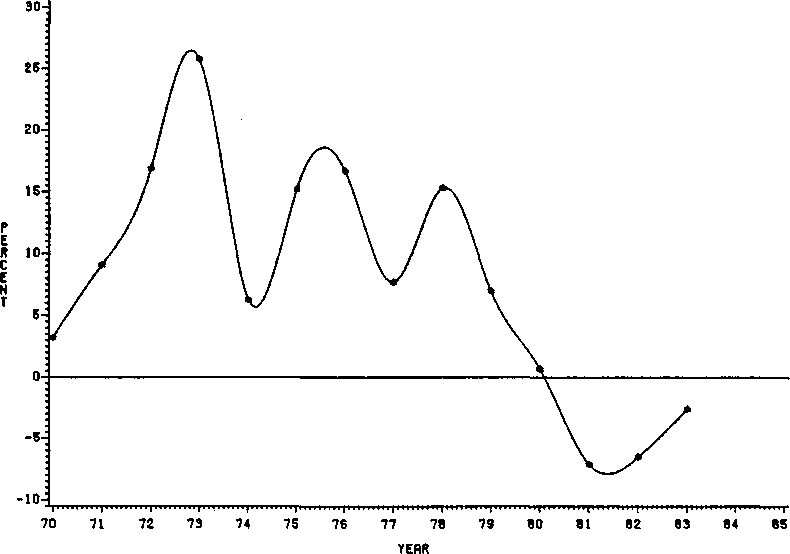
Figure 4. Rate of Return to Equity, U.S. Agriculture, 1970-85. Source: GAO, p. 31.
and constructing farm machinery seem to be
adaptable to manufacturing different types of
equipment needed for national defense and
in other commercial uses.
Firms that specialize in providing farm pro-
duction inputs such as seed, fertilizer, feed,
and herbicides apparently have not found
many opportunities to directly redeploy as-
sets and technologies. Their opportunities are
to limit either adjusting the scale of opera-
tions where efficiencies and positive returns
can be realized or exiting the industry. Many
firms that operate wholesale and retail farm
supply businesses have made and are still
making adjustments to accomplish desired
efficiencies. Other firms in that segment have
exited either voluntarily or involuntarily.
Some agribusinesses have actually bene-
fited from depressed commodity prices. These
Table 6. Estimated Bad Debt Losses by Firms Marketing
Farm Inputs, 1982-85
|
Item________________________ |
________Calendar year________ | |||
|
1982 |
1983 |
1984 |
1985 | |
|
Farm production expenditures, |
130.9 |
131.3 |
128.3 |
127.0 |
|
Bad debt, (ρercent)b............... |
2.4 |
1.1 |
1.4 |
0.6 |
|
Bad debt cost, |
3.1 |
1.5 |
1.8 |
.7 |
a Source: USDA (a).
b Estimated from bad debt cost experienced by selected
agribusiness firms.
are primarily in the poultry and livestock
areas that use large quantities of feed. The
demand for poultry meat has increased about
4 percent annually since 1983∙ Lower feed
ingredient costs helped keep broiler costs
and retail prices at bargain levels and thus
stimulate demand.
Table 5. United States Acreage Planted, Selected Crops, 1978-85
|
Item |
______________________________________Calendar year_____________________________________ | |||||||
|
1978 |
1979 |
1980 |
1981 |
1982 |
1983 |
1984 |
1985 | |
|
................... |
........million acres ........ |
................... | ||||||
|
Corn ............ |
81.7 |
81.4 |
84.0 |
84.1 |
81.9 |
60.2 |
80.4 |
83.2 |
|
Cotton .......... |
13.4 |
14.0 |
14.5 |
14.3 |
11.3 |
7.9 |
11.1 |
10.7 |
|
Peanuts ........ |
1.5 |
1.5 |
1.5 |
1.5 |
1.3 |
1.4 |
1.6 |
1.5 |
|
Soybeans ...... |
64.7 |
71.4 |
699 |
67.5 |
70.9 |
63.1 |
67.7 |
63.2 |
|
Total ......... |
15Ï3 |
1583 |
15979 |
157?? |
1557? |
13275 |
150 |
15875 |
Source: USDA (d).
107
More intriguing information
1. Peer Reviewed, Open Access, Free2. Globalization and the benefits of trade
3. Locke's theory of perception
4. Human Development and Regional Disparities in Iran:A Policy Model
5. Correlates of Alcoholic Blackout Experience
6. Categorial Grammar and Discourse
7. Sectoral Energy- and Labour-Productivity Convergence
8. Target Acquisition in Multiscale Electronic Worlds
9. Regional differentiation in the Russian federation: A cluster-based typification
10. The Structure Performance Hypothesis and The Efficient Structure Performance Hypothesis-Revisited: The Case of Agribusiness Commodity and Food Products Truck Carriers in the South